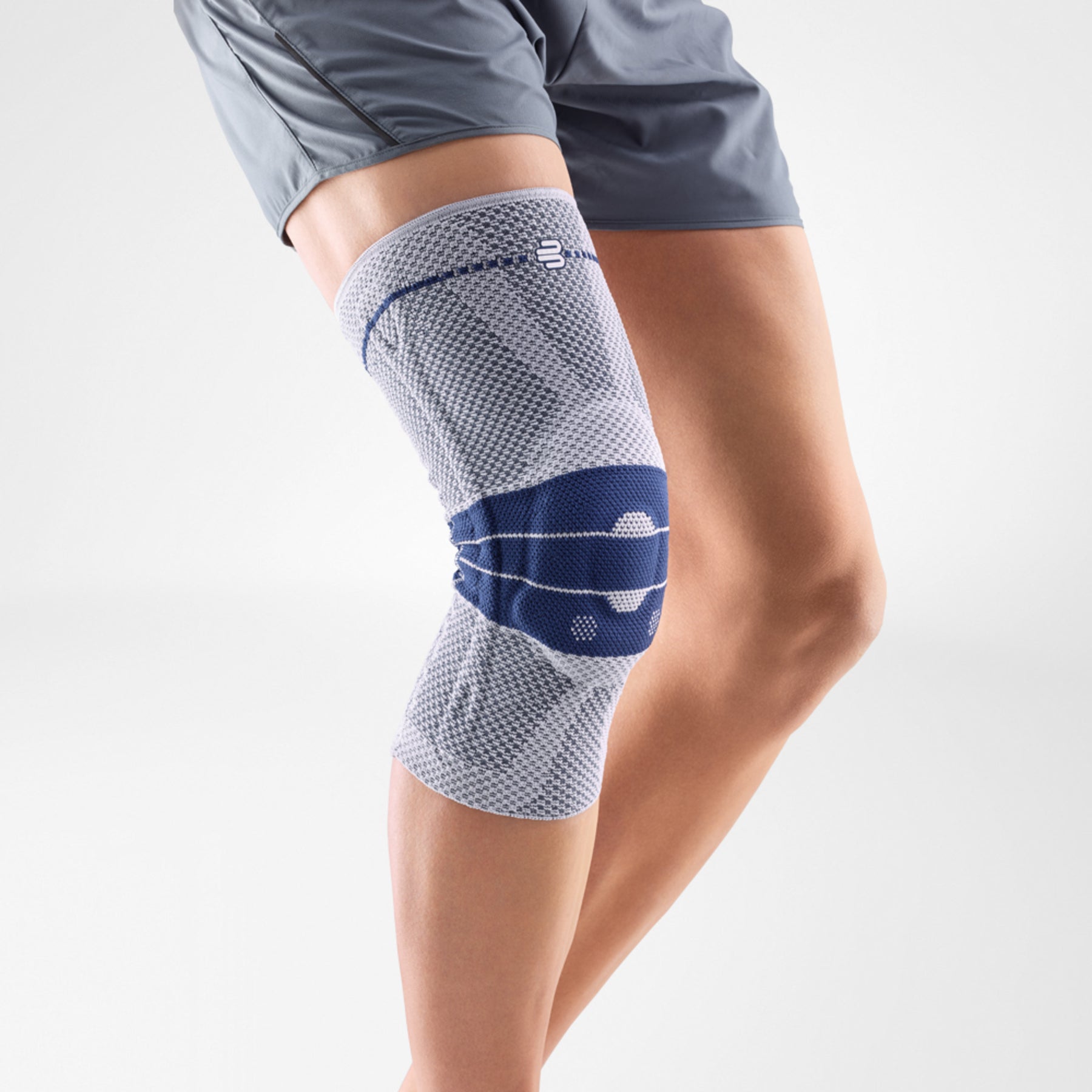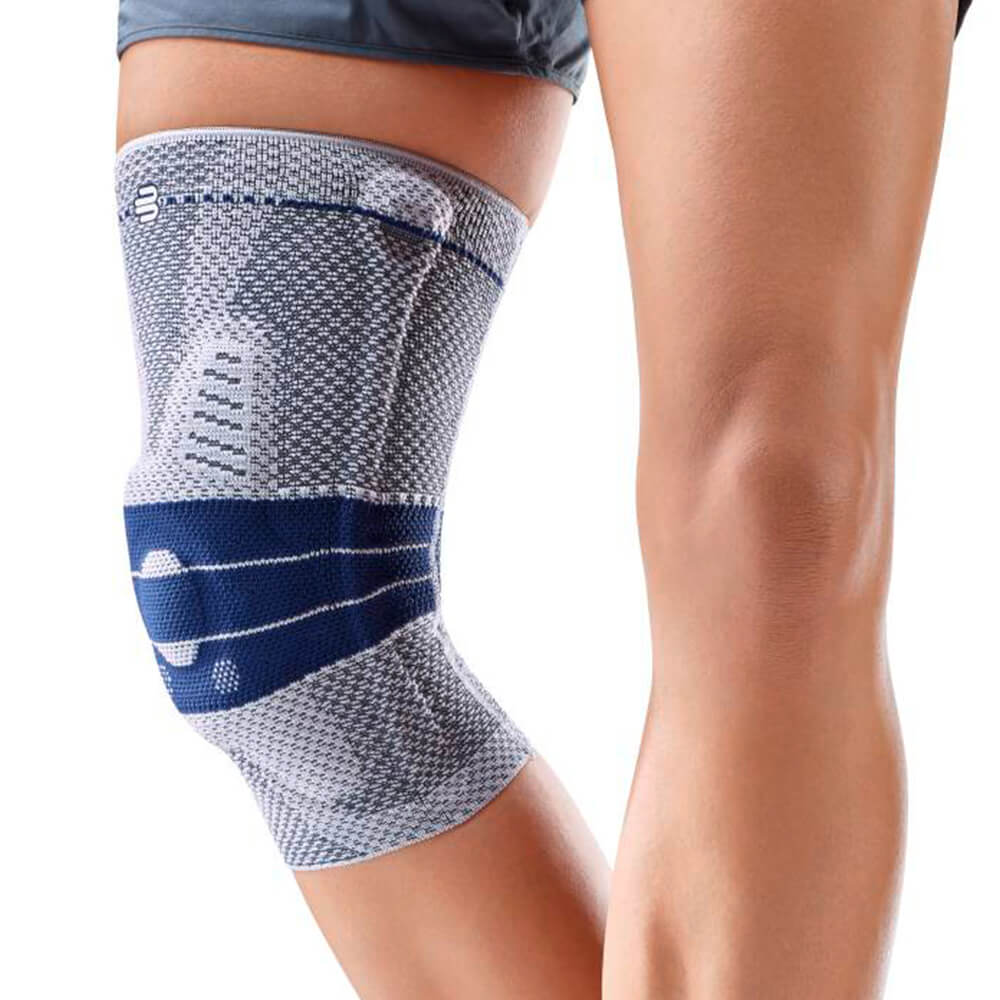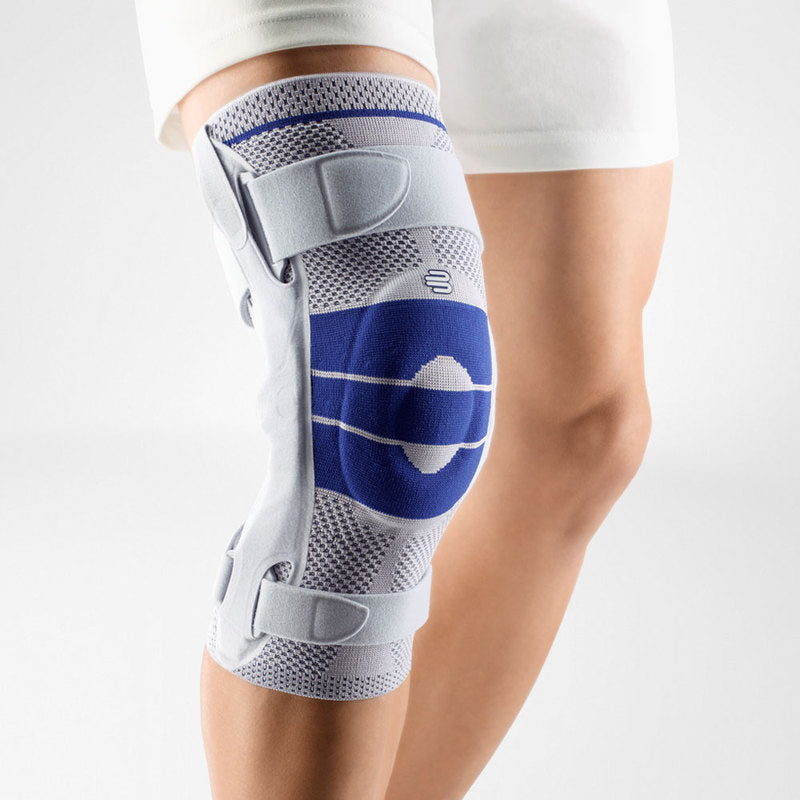Vad är knäinstabilitet?
Den mest använda leden i kroppen, ditt knä är också den största leden som finns. För att ta hand om denna tunga arbetsbelastning använder knät ledbanden och starka muskler i leden för att stabilisera varje rörelse. Dessa strukturer kombineras med en kapselformad led för att bilda den kapselliga ligamentapparaten, den primära delen av ditt knä som är ansvarig för knästabilitet. Om detta är skadat eller skadat alls, kan ditt knä bli instabilt och smärtsamt, buckla och ge vika för okontrollerade rörelser. Detta kan utvecklas till mer allvarliga problem som artros om det inte behandlas tidigt.
Orsaker till knäinstabilitet .jpg)
Instabila knän orsakas oftast av översträckta, ansträngda och trasiga ligament, som ofta förekommer vid sport, olyckor och ibland genetik.
Om menisken är skadad kan detta göra det särskilt smärtsamt när man rör sig upp och ner i trappor och leda till artrit i knäet, samt bidra till instabilitet. Bursit kan också orsaka smärta och bristande styrka i knät.
Typen av instabilitet klassificeras ofta baserat på dess svårighetsgrad:
- Enkel knäinstabilitet: endast en del av knät är skadad, t.ex. ligamentsträckning eller rivning.
- Komplex knäledsinstabilitet: Uppstår när flera strukturer är skadade, ofta samverkande t.ex. flera ligament och menisker som alla slits sönder.
- Kronisk knäinstabilitet: Detta är ett resultat av pågående skada och försämring under ett antal år.
Som en tumregel gäller att ju fler ligament/strukturer som skadas, desto mer instabilt blir knät.
Typiska symtom på knäinstabilitet
Knäinstabilitet uppträder ofta som en känsla av osäker gång, med smärta som uppstår efter ökad belastning (löpning, sport, brist på vila etc.) Med tiden, eftersom problemet förvärras, till och med lätt, kan knäet bucklas. Härifrån, om instabiliteten inte diagnostiseras och behandlas, löper brosket en kraftigt ökad risk för slitage, vilket leder till artros, som inte är reversibel och endast kan hanteras.
.png)
Hur får man diagnosen?
Utförs bäst av en ortopedisk kirurg, undersökning kan också göras av en erfaren sjukgymnast eller annan specialist. Det finns några olika tester som kan göras för att bekräfta olika nivåer av stabilitet, och dessa utförs vanligtvis på kliniken genom att manipulera knät i olika positioner och rörelser. Detta kommer att hjälpa dem att bekräfta vilka delar av knät som är påverkade och inte, och ger en mycket tydligare inblick i instabiliteten.
Om testet framgångsrikt bekräftar instabilitet, kommer detta vanligtvis att vara korrelerat med avbildningsmetoder som MRI, röntgen eller ultraljud, för att lokalisera det exakta problemet och ge den bästa informationen för att titta på behandlingen.
Behandling och terapi för ett instabilt knä
Beroende på hur allvarligt problemet är, är behandlingen normalt konservativ (icke-kirurgisk). I de fall det är ett skadat ledband behöver knät tid på sig att läka innan korrekt behandling genomförs. Detta görs mestadels med en kombination av sjukgymnastik och riktade övningar för att bygga upp muskler, och är ofta det bästa stödet med hjälp av stabiliserande knästöd.
Aktivt stöd för knästabilitet – avlastning och stöd

Förutom konservativ terapi, återhämtning efter operation eller allmän skada, arbetar stöd och hängslen för att ge stabilitet till muskel- och skelettsystemet, lindra smärta och ge rörlighet. GenuTrain-familjen är en serie knästöd som använder ett speciellt stickat tyg som kombineras med speciella gelkuddar för att förbättra den neurala responsen och rörelsen i knäet. Den sensoriska boosten som ges av dina nerver här arbetar för att avsevärt förbättra återhämtningen av knät från även de mest traumatiska skadorna. Genom att stimulera dessa områden får musklerna i dina knän mer kraft och kontroll, vilket ger dig mer stabilitet och kontrollerade rörelser. Detta stabila grepp om varje rörelse ger dig självförtroende och smärtlindring så att du kan njuta av vardagen.
För hjälp med att välja rätt produkt för dina behov, ring oss på +971 4 343 5824 eller maila oss på shop@bauerfeind.ae




























